Traces of war
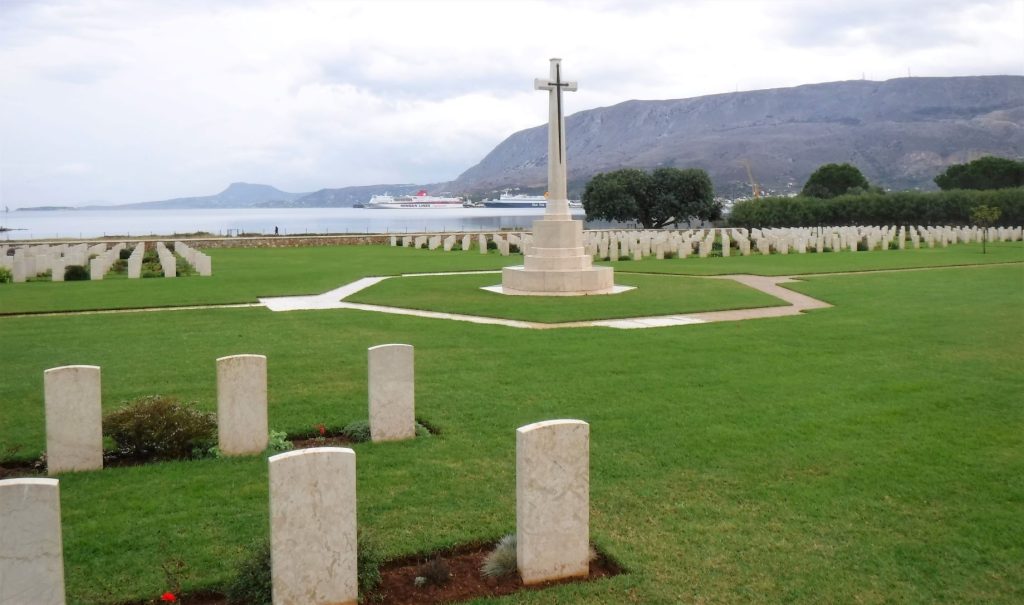
Suda Bay is around 5km south-east of Chania on the north coast of Crete. The Bay is the main port of Chania, and large ferries come and go from the protected waters, servicing the mainland and many of the Greek Islands. On the edge of the water is the Suda Bay War Cemetery, an expanse of green lawn and ordered headstones, where 1500 servicemen are buried or honoured. On the day I visited, the sun broke through the patchy cloud periodically and offered a little warmth on the cool winter’s day. Apart from one other bloke, I was the only one there.
797 of Suda Bay’s graves commemorate British soldiers, with a further 274 headstones adorned with the Australian Rising Sun badge. Of these, some are engraved with names and personal messages, others are simply ‘An Australian Soldier of the 1939-1945 War, Known Only to God’.

A large section of the Cemetery is dedicated to New Zealand servicemen, 671 of which were killed during the Battle of Crete.
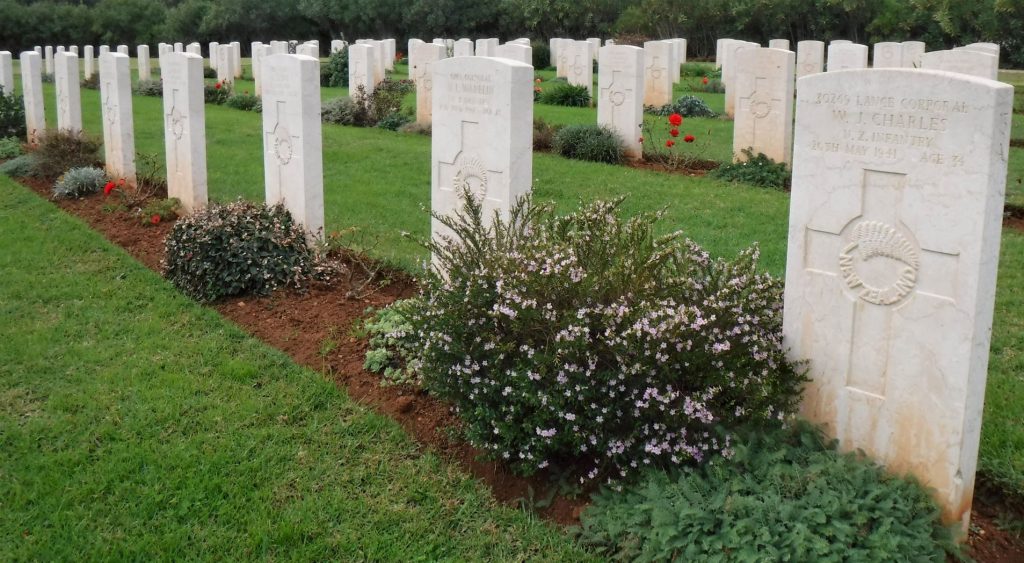
After spending a week exploring Chania, I drove west to the coastal city of Rethymno. During the Battle of Crete, a large of contingent of Australian troops were tasked with the defence of the city. Today, two main memorials stand to the contribution and sacrifice made by Australian forces who fought alongside Greek troops against the German invasion.
The Greek – Australian War Memorial lies a short drive east of the city along the the Greek National Road 90, which parallels the coast and its rows of beachfront hotels. I parked opposite the Memorial and sat in the car struggling into my raincoat. Pulling the hood over my head I walked through the gateway and up the flagstone path.
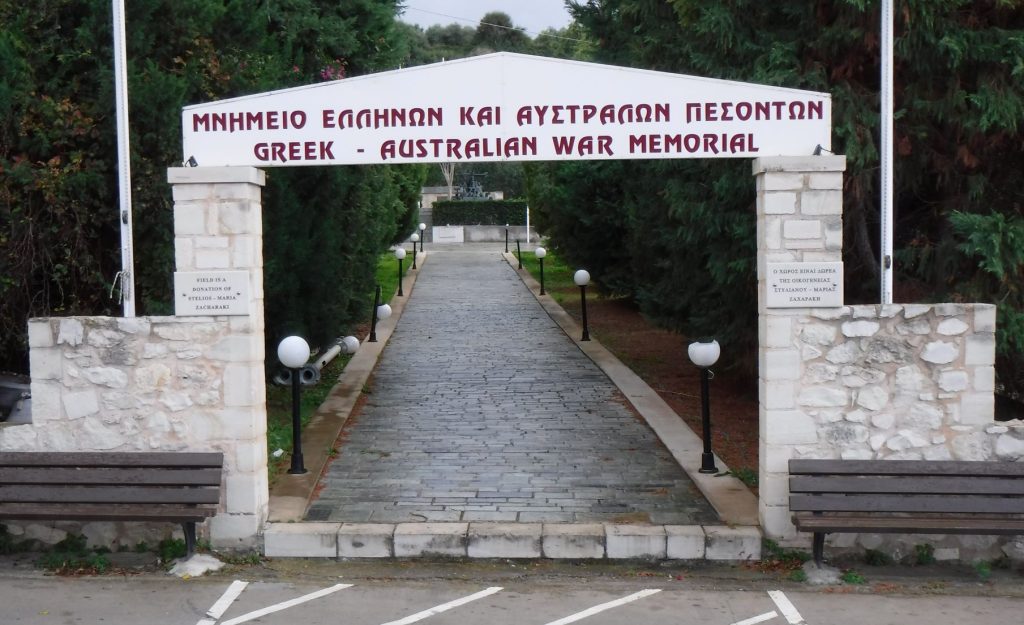
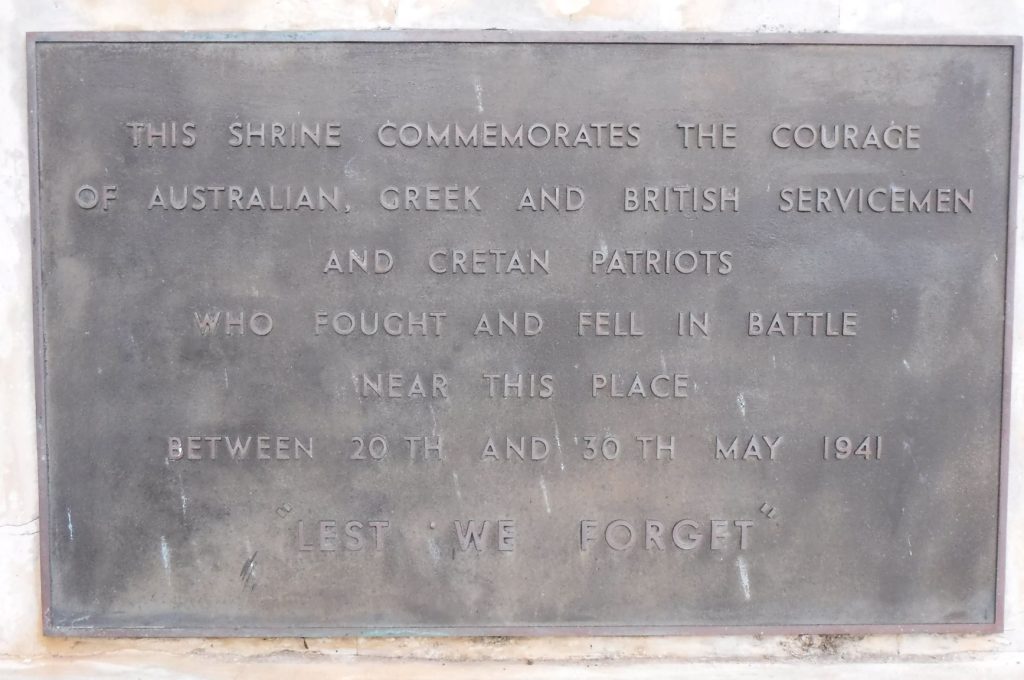
At the end of the path stands a monument and several memorial plaques.
Greek – Australian War Memorial, Rethymno
Upon the face of the monument is a brass sculpture, depicting German aircraft dropping paratroopers, while Greek and Australian troops stand side by side.
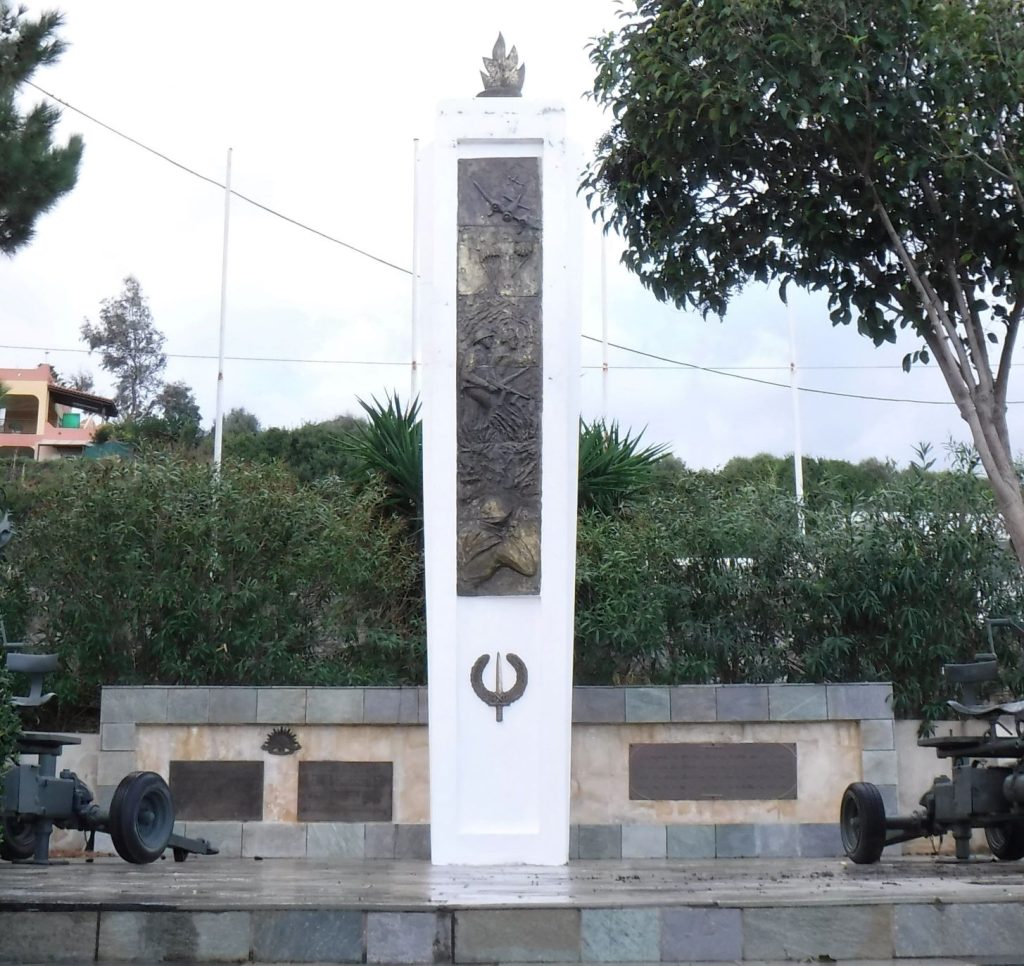
The light was fading in afternoon drizzle as I drove back towards Rethymno city centre. The narrow streets of the town exacerbate the peak hour traffic, and I inched along impatiently, still hoping I had time to visit the Hellenic Australian Memorial Park. Squeezing the hire car into a tight car park, I hurried back up the street.
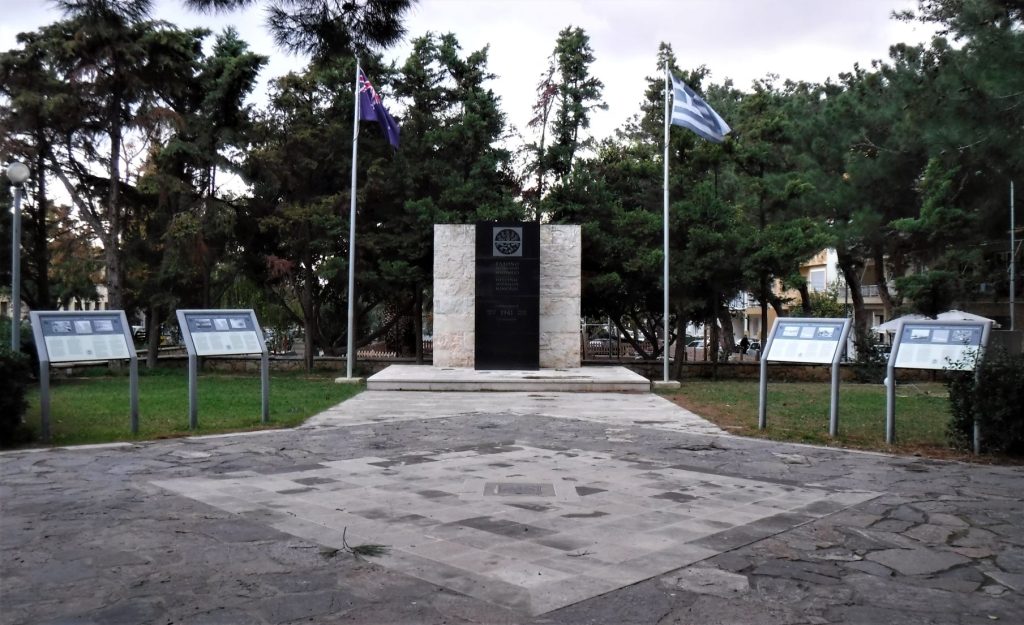
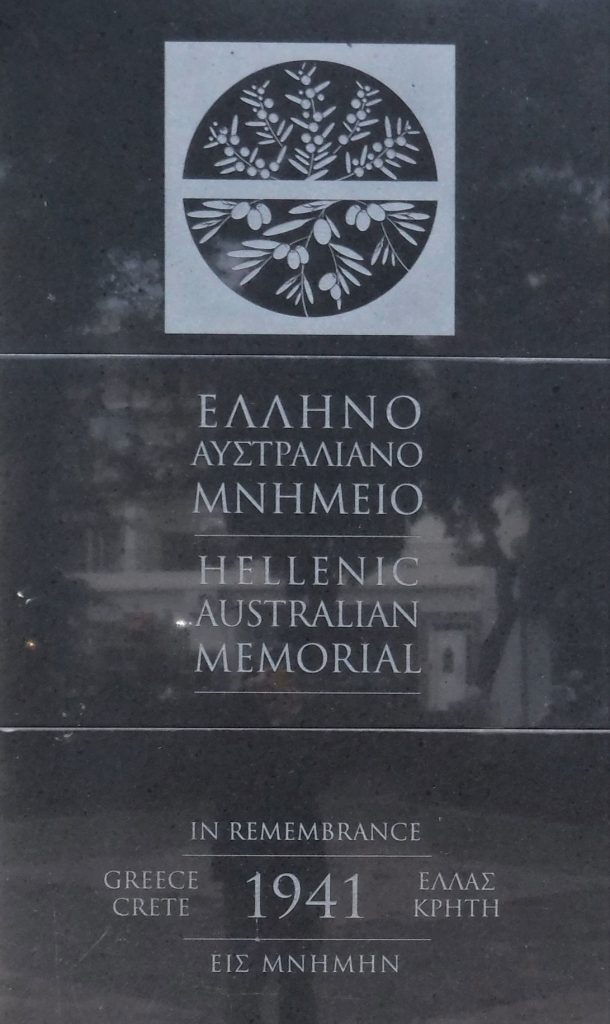
The Park is a beautiful setting for the Memorial, and I was told that commemorations held there are well attended. A polished black granite slab features engravings of wattle and olive sprigs. Eucalypts planted within the park certainly give the place an Australian feel.
Hellenic Australian Memorial Park Rethymno
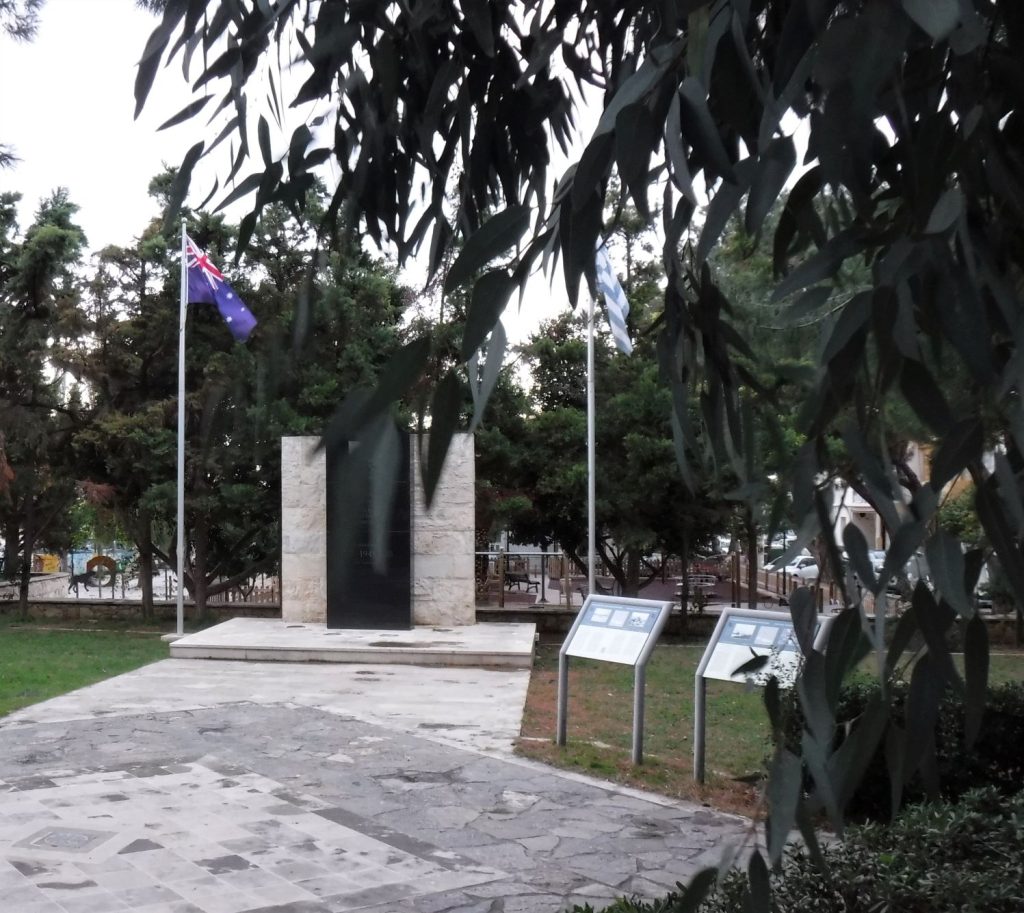
The following day I stopped at the Rethymno Fortezza Fortress before heading back to Heraklion. The Fortezza was built in the 16th century by the Venetians as defence against Ottoman attack. After the Battle of Crete, the Fortress housed the German Garrison, and prisons were established in some of the historic buildings within.

I left the Fortezza and headed east, my time in Crete nearly at an end. It is a fascinating place, and the legacy of World War II can be found across the Island. It is clear that the Cretan people are determined to remember this dark chapter of their history, their Cretan heroes, and those that came from far away to help defend their home.
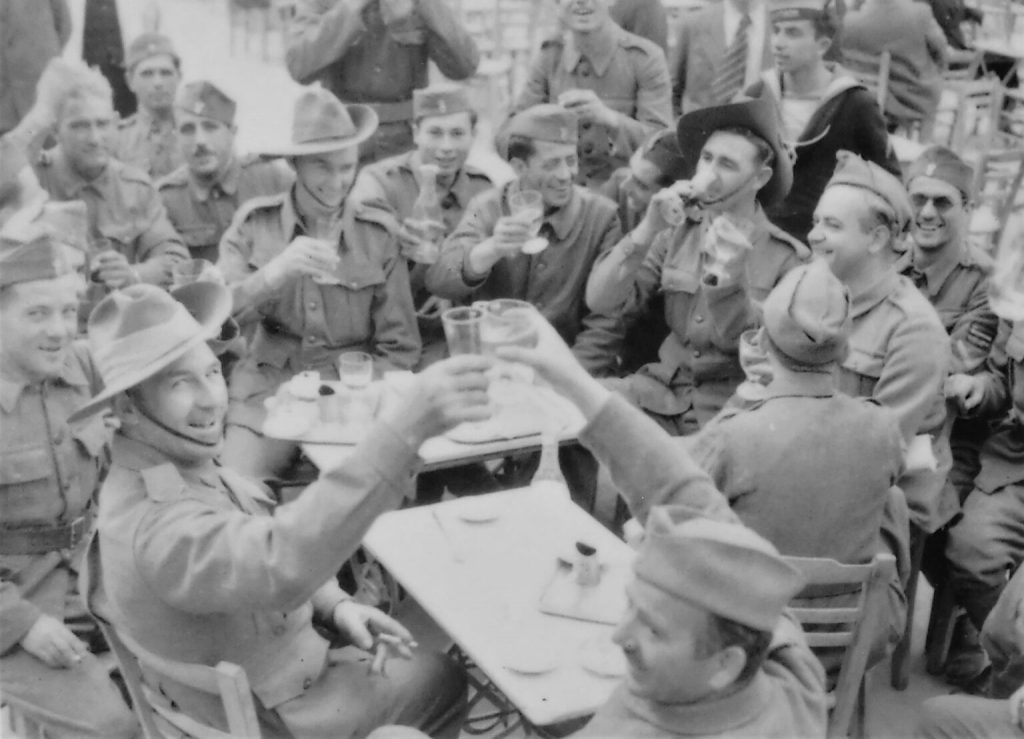

Lest we forget.
If you enjoyed this post, you may also like The Battle for Crete Part I and II
Learn more about the Suda Bay War Cemetery
Leave a Reply